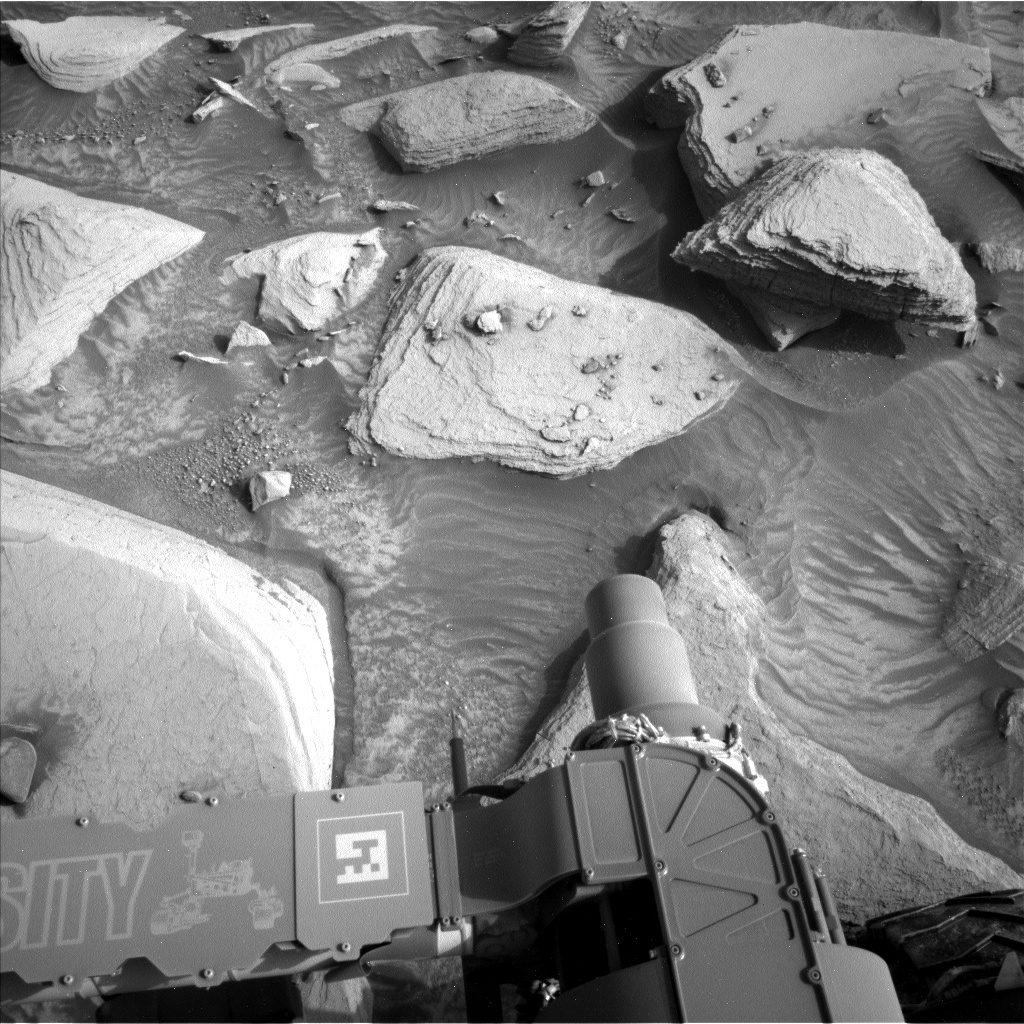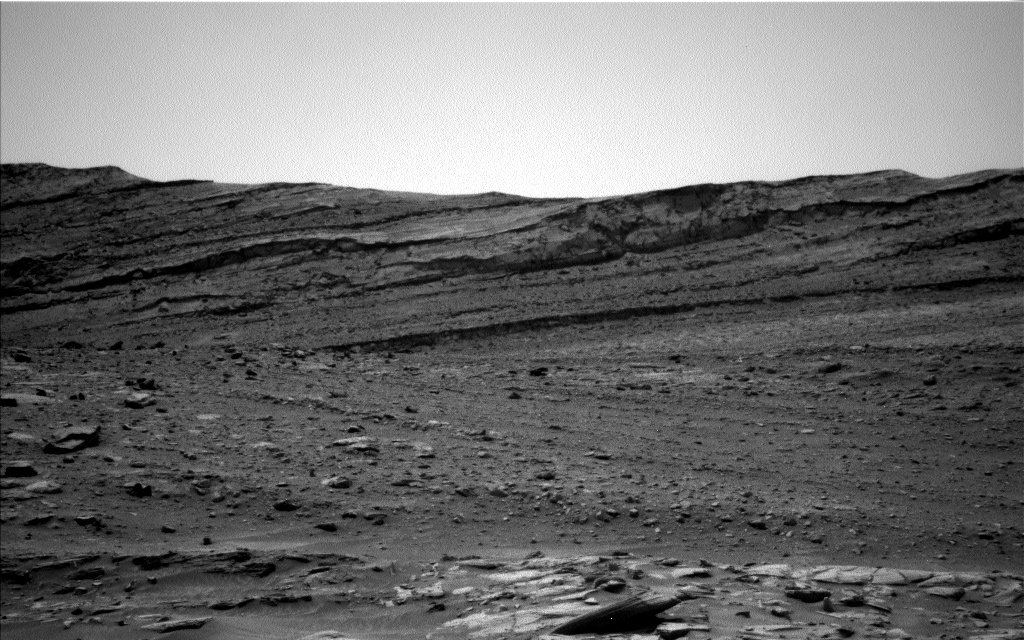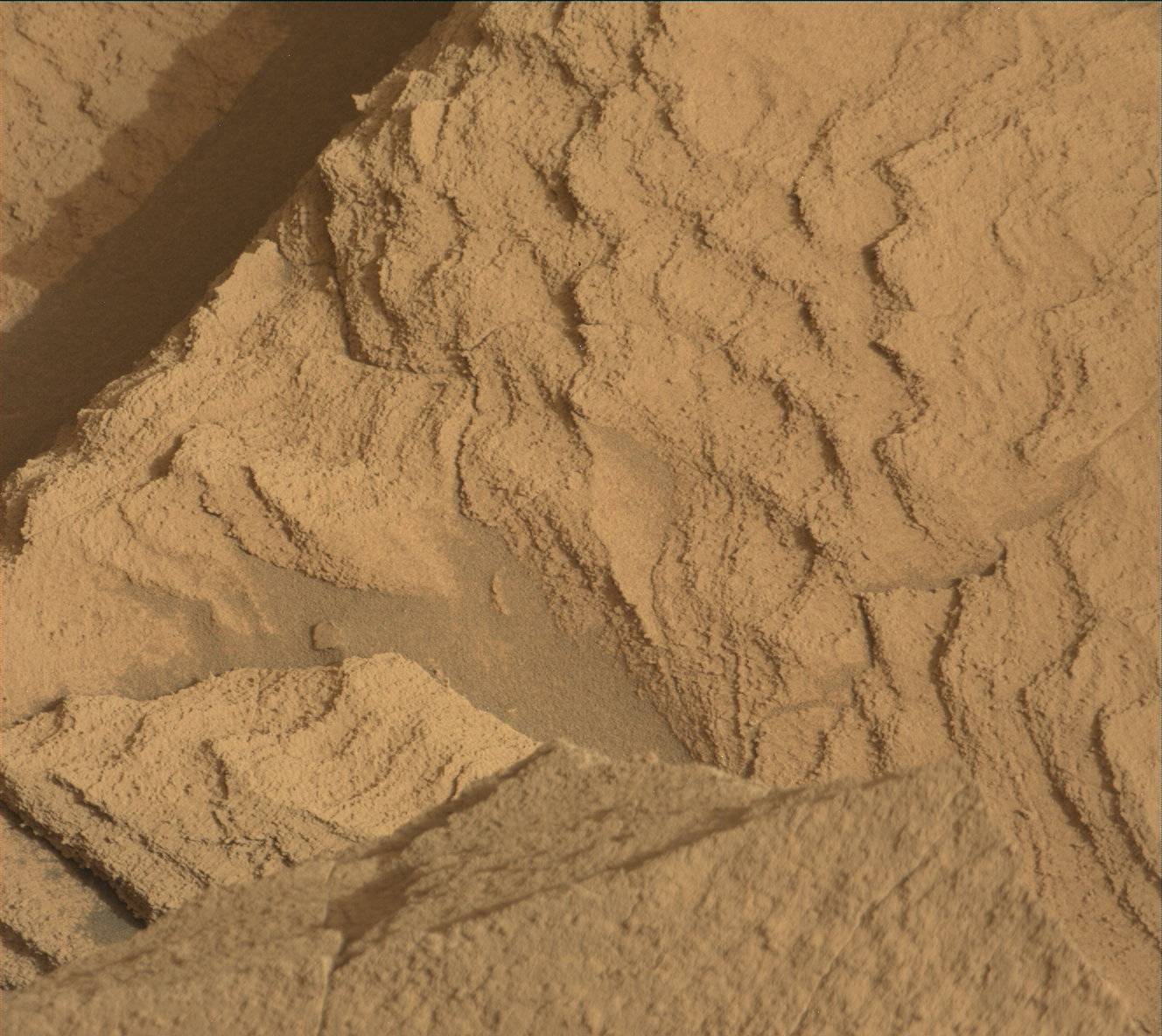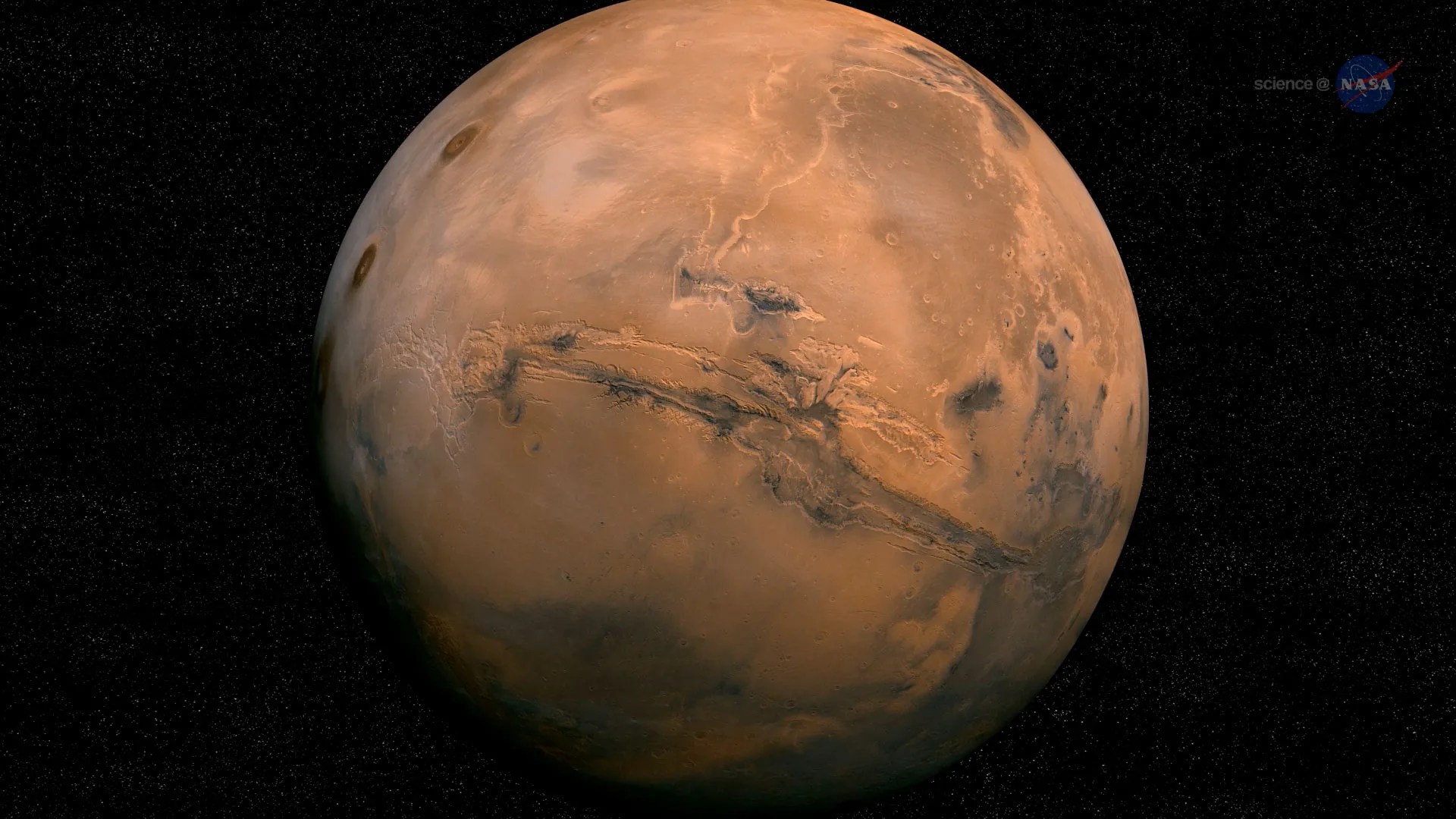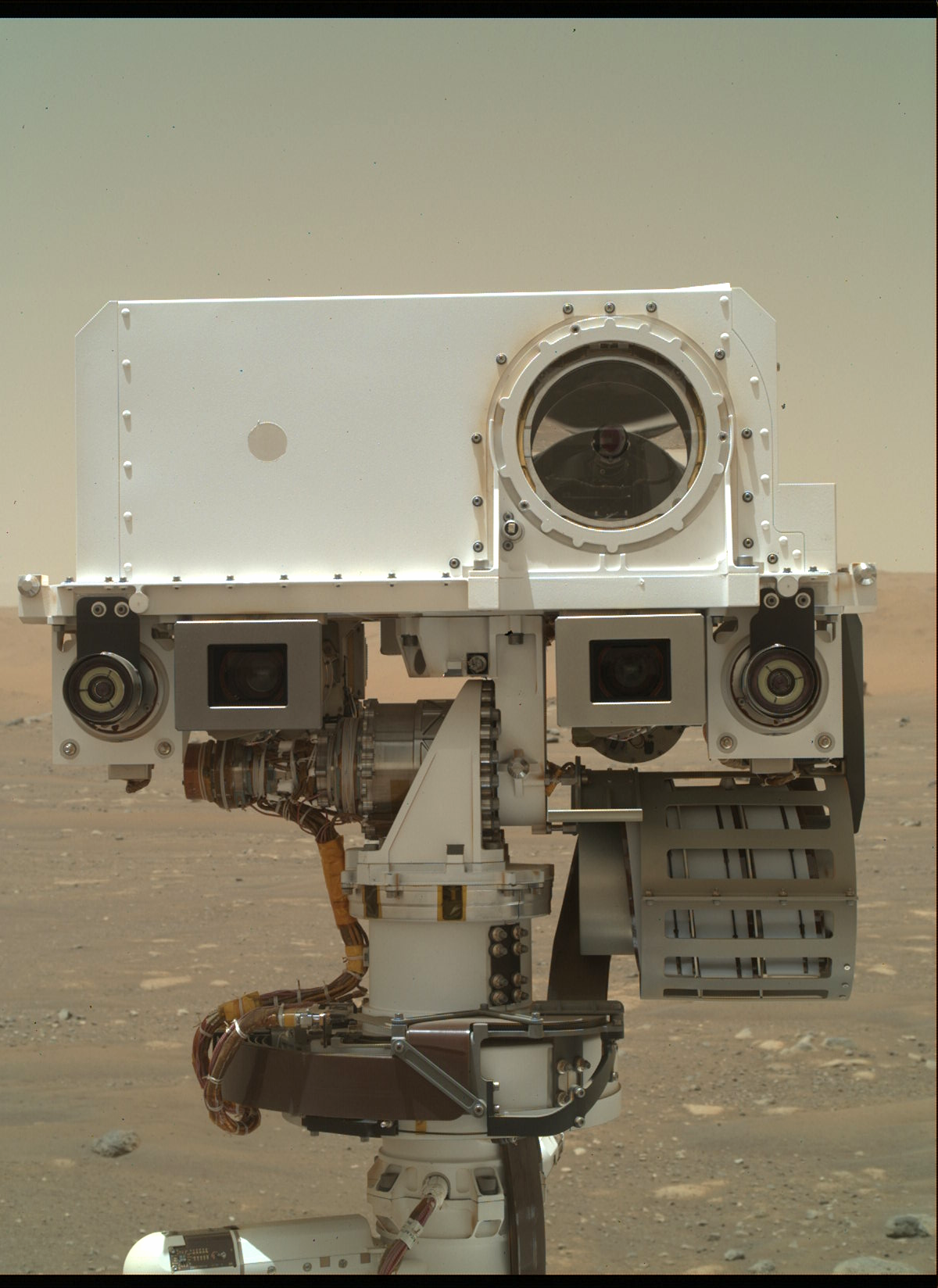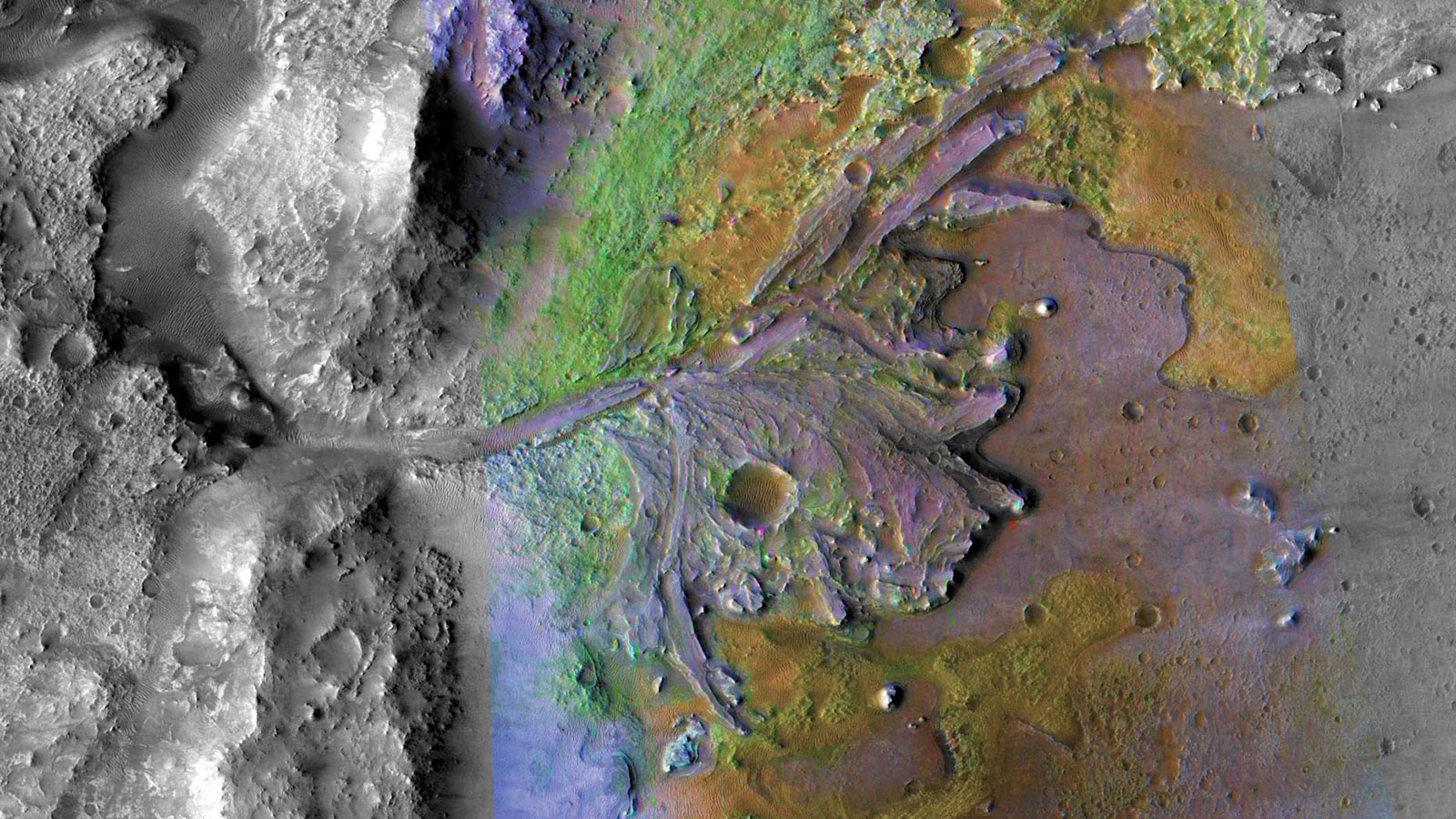3 min read
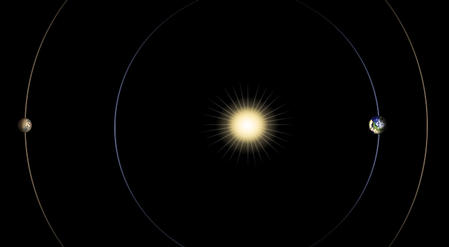
There’s no way around it: due to their orbits, Mars and the Earth have to stop communicating with each other for about two weeks every two years. This quiet period is called solar conjunction, and for the Perseverance team that means we can’t send new instructions to the rover between sols 217-235 (Sept. 28 – Oct. 17).
We’ve already sent Perseverance a set of commands so it can perform science activities without having “ground in the loop,” meaning that they pose no risk to the rover’s safety, and the team won’t need to check that they successfully completed each day.
In my role on the science team as a Long-Term Planner, I work on the strategic plan for what the rover will do in the next days, weeks and months. Lately, that includes experiments that can be repeated before and after the conjunction break, which are unique opportunities to monitor longer-term changes to the rocks and soils around the rover. To look for differences in the terrain due to the wind moving sand and dust, we will take a 360-degree panorama with Navcam on sol 214, and again on sol 236.
We’ll also repeat detailed measurements of the soil composition using SuperCam and Mastcam-Z. Because it generates a lot of heat, we’ll look underneath the rover’s radioisotope thermoelectric generator (RTG) to see if the soil dehydrates over time. If this happens, the rover’s spectrometers might pick up subtle changes to key absorption features.
Solar conjunction gives the science team a much-needed break from operations, but it’s not exactly vacation time. We have a lot of data from our recent weeks of exploring South Séítah to scrutinize, and big decisions coming up. As a Long-Term Planner, I will be helping to lead telecons each week during conjunction so the science team can discuss where we should collect our next samples in South Séítah– and beyond.
Solar conjunction is also an opportunity for us step back and reflect. In our day-to-day operations, it’s easy to stay deep into the weeds of mission technicalities, and to lose sight of the profundity of operating a robot on an alien world. The rover datasets are so detailed that we spend hours scrutinizing a patch of rock the size of a postage stamp and can forget that these rocks are more than a hundred million miles away! But solar conjunction is a reminder that this work isn’t your standard day job, and that Mars isn’t just a geologic field site – it’s an astronomical object, performing its own cosmic dance around our common Sun.
Written by Melissa Rice, Associate Professor of Planetary Science at Western Washington University

